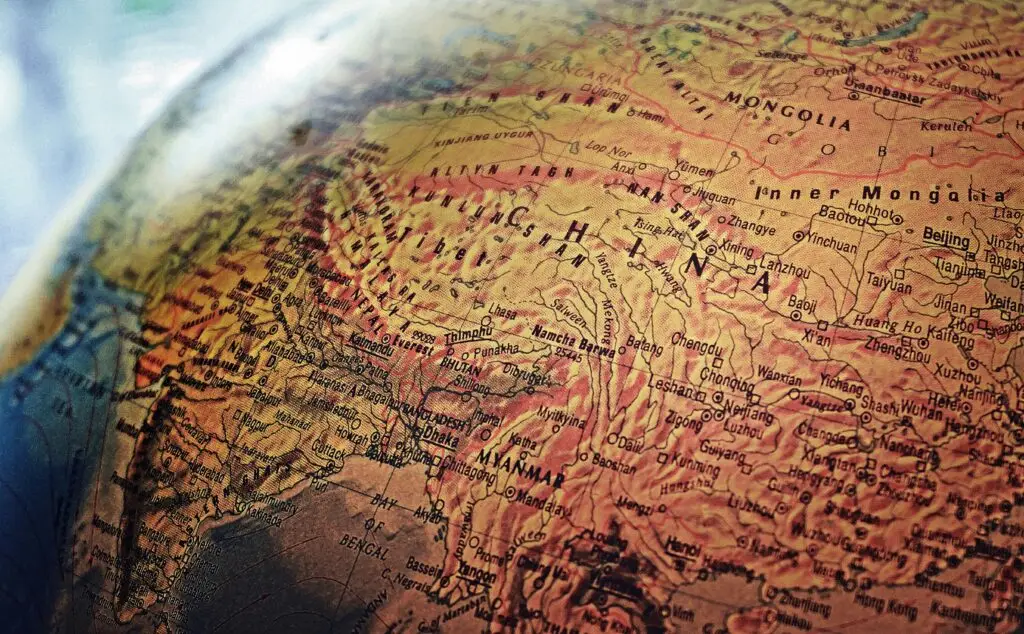China perceives several major threats emanating from India, and these perceptions are influenced by historical, geopolitical, and strategic factors. It’s important to note that these perceptions may not necessarily align with India’s intentions but reflect China’s strategic outlook.
1. Border Disputes: The most prominent and long-standing issue is the border dispute between India and China, primarily focused on the region of Aksai Chin and Arunachal Pradesh. The unresolved border dispute has led to military standoffs and conflicts in the past, such as the 1962 Sino-Indian War. China perceives this unresolved border dispute as a source of potential conflict and instability in the region.
2. Territorial Integrity: China is concerned that India may challenge its territorial integrity and sovereignty in Tibet and Xinjiang, where there are restive ethnic and religious minority populations. India’s hosting of the Tibetan government-in-exile and the presence of the Dalai Lama in India are viewed as threats to China’s control over Tibet. China also worries about India’s support for Uighur Muslims in Xinjiang, potentially fueling separatism and instability in the region.
3. Influence in South Asia: China perceives India’s efforts to expand its influence in South Asia as a threat to its own regional dominance. India has historically regarded South Asia as its sphere of influence, and its proactive foreign policy initiatives, including its support for countries like Nepal, Bhutan, and Sri Lanka, are viewed by China as encroaching on its backyard.
4. Indian Ocean Presence: India’s increasing naval capabilities and its strategic location in the Indian Ocean are seen as a potential threat to China’s energy security and trade routes. China is heavily reliant on energy imports, a significant portion of which traverses the Indian Ocean. India’s naval expansion and its partnerships with countries in the Indian Ocean region could potentially disrupt China’s sea lines of communication.
5. Geopolitical Alliances: China is concerned about India’s growing strategic partnerships and alliances with countries that have tense relationships with China, including the United States and Japan. These alliances are viewed as part of a broader containment strategy against China and could potentially constrain its influence in the Asia-Pacific region.
6. Competition for Global Influence: China and India are both aspiring to play a more significant role on the global stage. This competition for global influence and leadership, particularly within international organizations and forums, is seen as a threat by both sides. China perceives India as a competitor for the position of a major Asian power.
7. Economic Competition: Economic rivalry and competition for markets and resources are another dimension of the China-India relationship. Both countries are among the world’s fastest-growing economies, and they compete for access to resources, markets, and investment opportunities. This competition can lead to economic tensions and rivalry.
8. Security Concerns in the Indian Ocean Region: China is apprehensive about India’s role in ensuring maritime security and stability in the Indian Ocean, which is crucial for global trade. India’s cooperation with other countries to enhance maritime security and counter piracy is seen as a threat to China’s interests, particularly in the context of its Belt and Road Initiative (BRI) and maritime trade routes.
In conclusion, China’s perceptions of threats from India are shaped by historical disputes, territorial concerns, regional influence, competition for global leadership, and economic rivalry. It’s essential to understand that these perceptions can influence China’s foreign policy decisions and its approach to managing its relationship with India. Diplomatic efforts and dialogue between the two countries are crucial to addressing these perceived threats and finding common ground to foster stable and cooperative relations.
Refer Egyankosh ebook for more.



